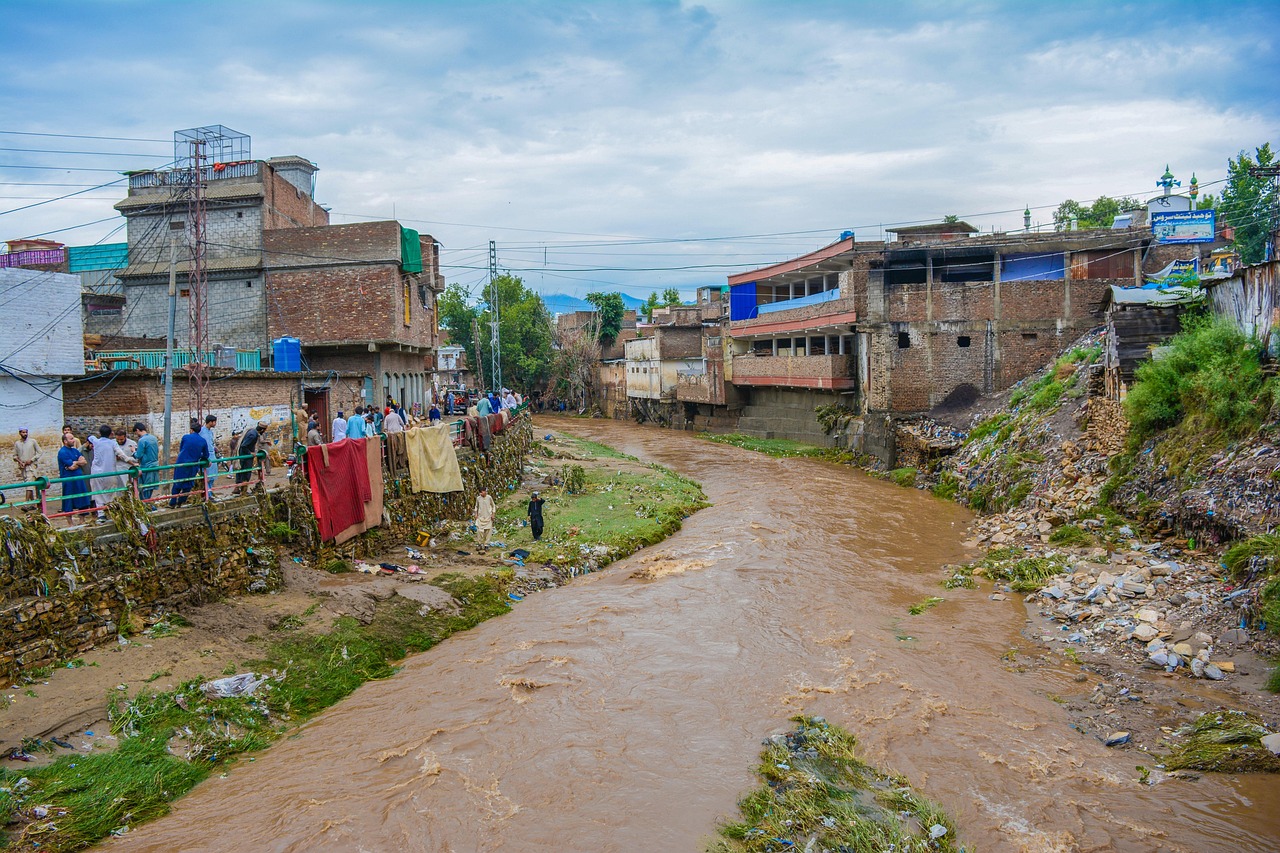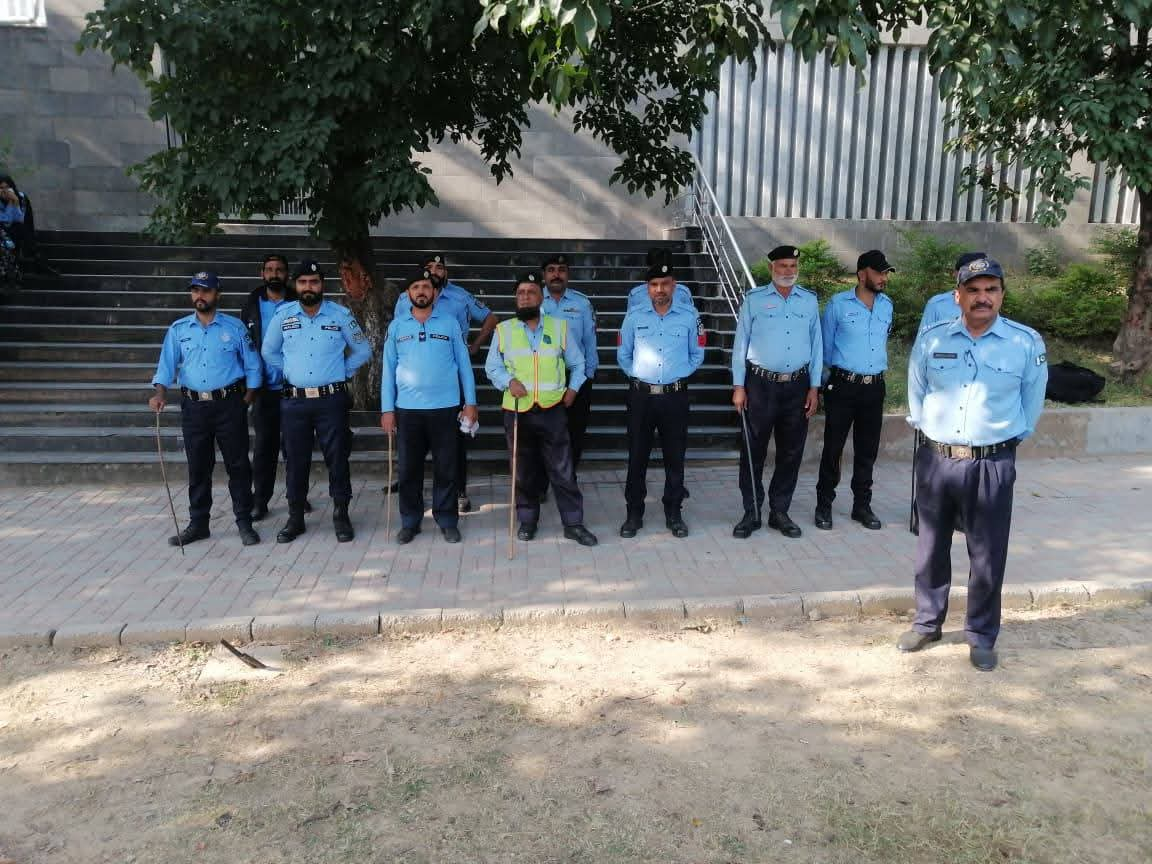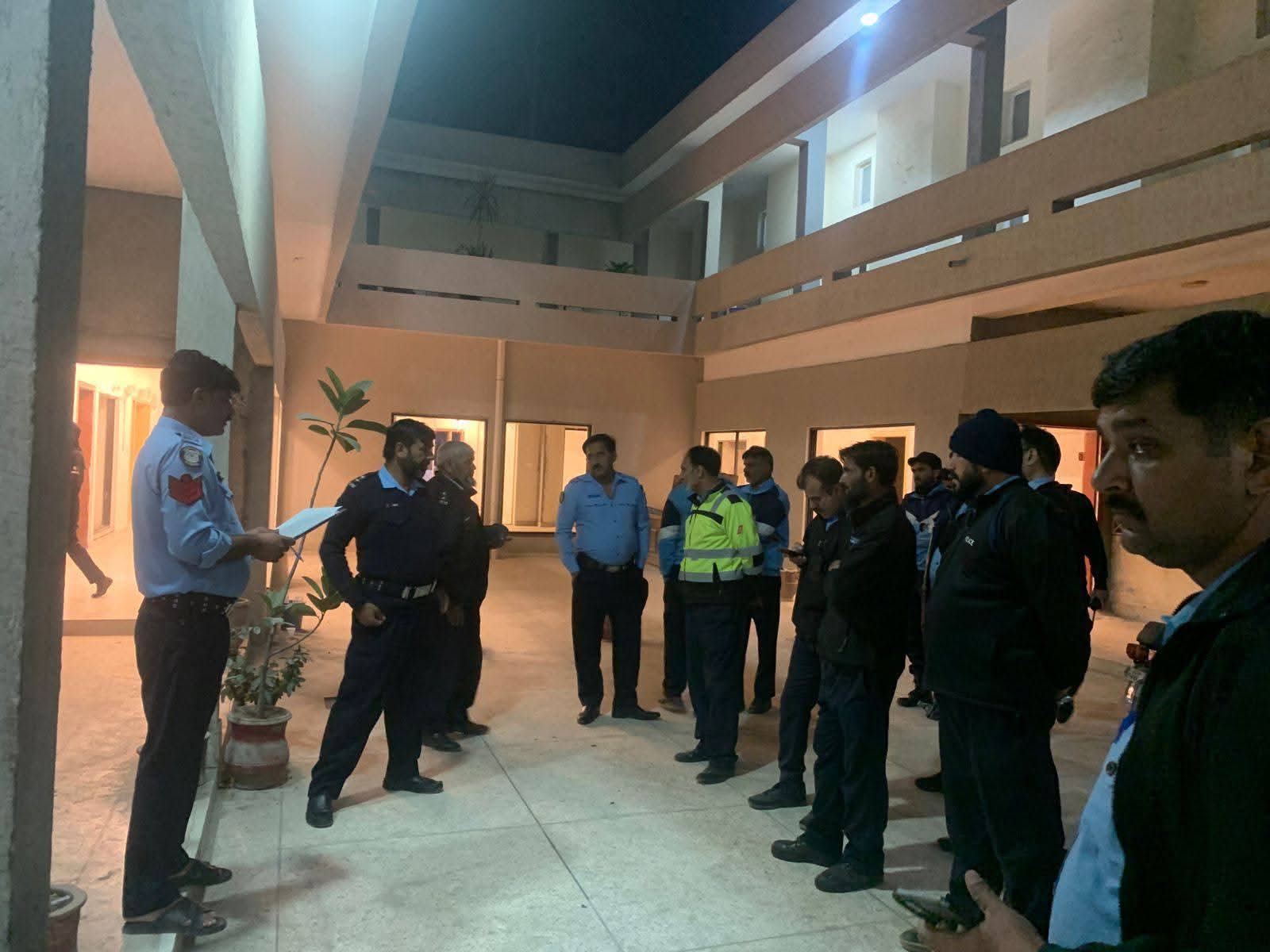For now, Pakistan remains far behind its neighbors in disaster forecasting—paying the price in lives and resources for years of bureaucratic inertia and misplaced
As heavy monsoon rains leave nearly 500 dead—half of them children—the tragedy is being linked not just to climate change, but to long-standing mismanagement within Pakistan’s institutions. At the center of this failure is the Pakistan Meteorological Department (PMD), which was unable to modernize its forecasting system despite having $188 million in financing from the World Bank.
A Rare Chance Wasted
After a deadly windstorm in 2016 caught Islamabad and Rawalpindi off guard, then-Prime Minister Nawaz Sharif ordered an overhaul of the PMD. With World Bank assistance, a Hydromet Modernization Roadmap was created in 2017. The plan dedicated $106 million to PMD upgrades and $82 million to the National Disaster Management Authority (NDMA) for creating a rapid response force—putting Pakistan on track to join neighbors like Bangladesh and Nepal in disaster preparedness.
But politics and internal rivalries got in the way. Former DG PMD, Ghulam Rasul, reportedly resisted the World Bank project, pushing instead to link it with CPEC, allegedly due to ties with a Chinese company. His opposition delayed approvals, and by the time the World Bank financing was cleared in 2018, project paperwork (PC-1) was still never finalized. His successor also failed to push it forward, leaving the funds unused.
Mismanagement Across the Board
The NDMA component collapsed too—senior officials skipped critical meetings, and no lobbying was done to secure approvals. Meanwhile, Pakistan continued to pay charges on idle funds while their value dropped due to currency fluctuations.
In 2020, the Climate Change Ministry attempted to redirect the financing, splitting it into $128 million for green jobs and $60 million for hydromet modernization under the National Disaster Risk Management Fund (NDRMF). But that too was mishandled—political favoritism meant resources went mainly to PTI-led provinces, while Sindh and Punjab were sidelined.
Even after the devastating 2022 floods, progress remained slow. Ultimately, the World Bank shifted $150 million toward direct flood relief through the Benazir Income Support Programme (BISP), leaving only a small fraction for hydromet modernization.
Current Situation
Recently, under the Flood Reconstruction Project (IFRAP), a $40 million hydromet modernization program was revived. Automatic Weather Stations are now in procurement stages, and radar tenders are being prepared, though years behind schedule.
Lessons from Neighbors
While Pakistan stalled, both Bangladesh and Nepal completed similar World Bank-funded projects and now benefit from strong early warning systems that save lives.
Frustrated with PMD, the NDMA has even partnered with private forecasters like Weatherwalay, while the government banks on its new weather satellite for better coverage.
The Accountability Question
No senior official has yet been held responsible for squandering years and resources. Ghulam Rasul defends himself by saying he preferred grants, not loans, and points to Japanese-funded radars in Karachi and Islamabad as proof of his efforts. Planning Commission officials claim delays are due to the World Bank’s tender requirements, but insist radar procurement will finally begin within months.











Leave a Reply